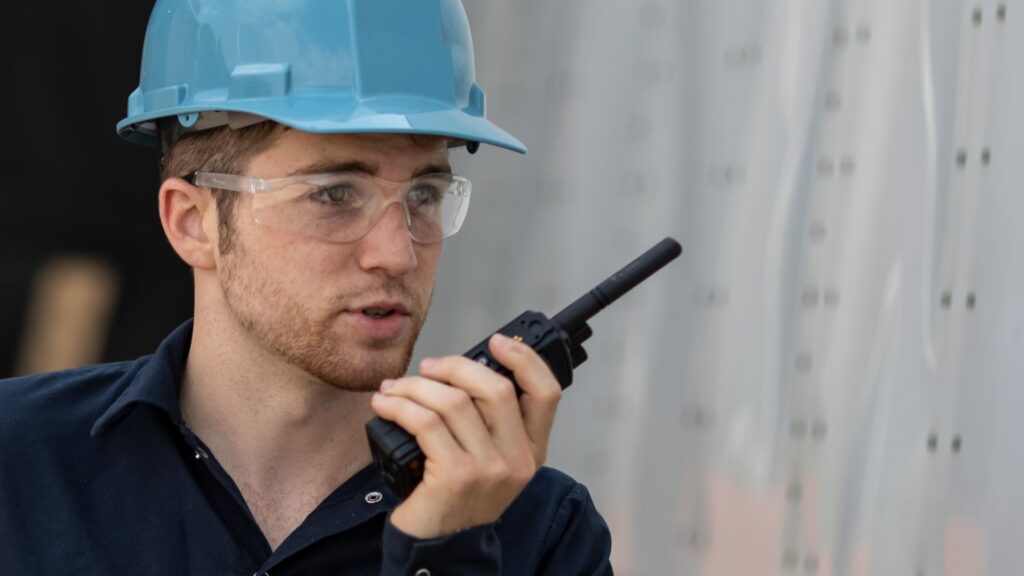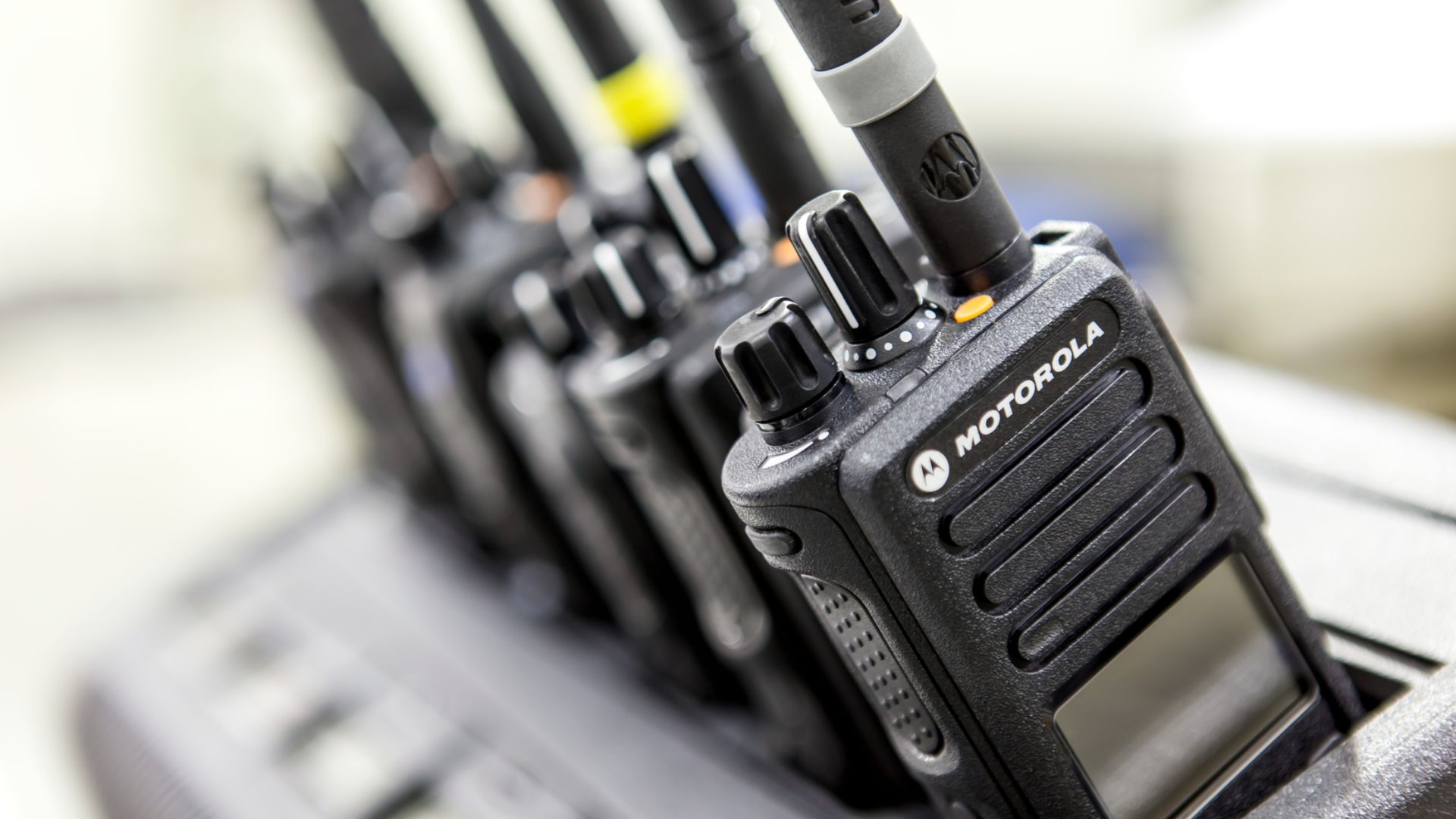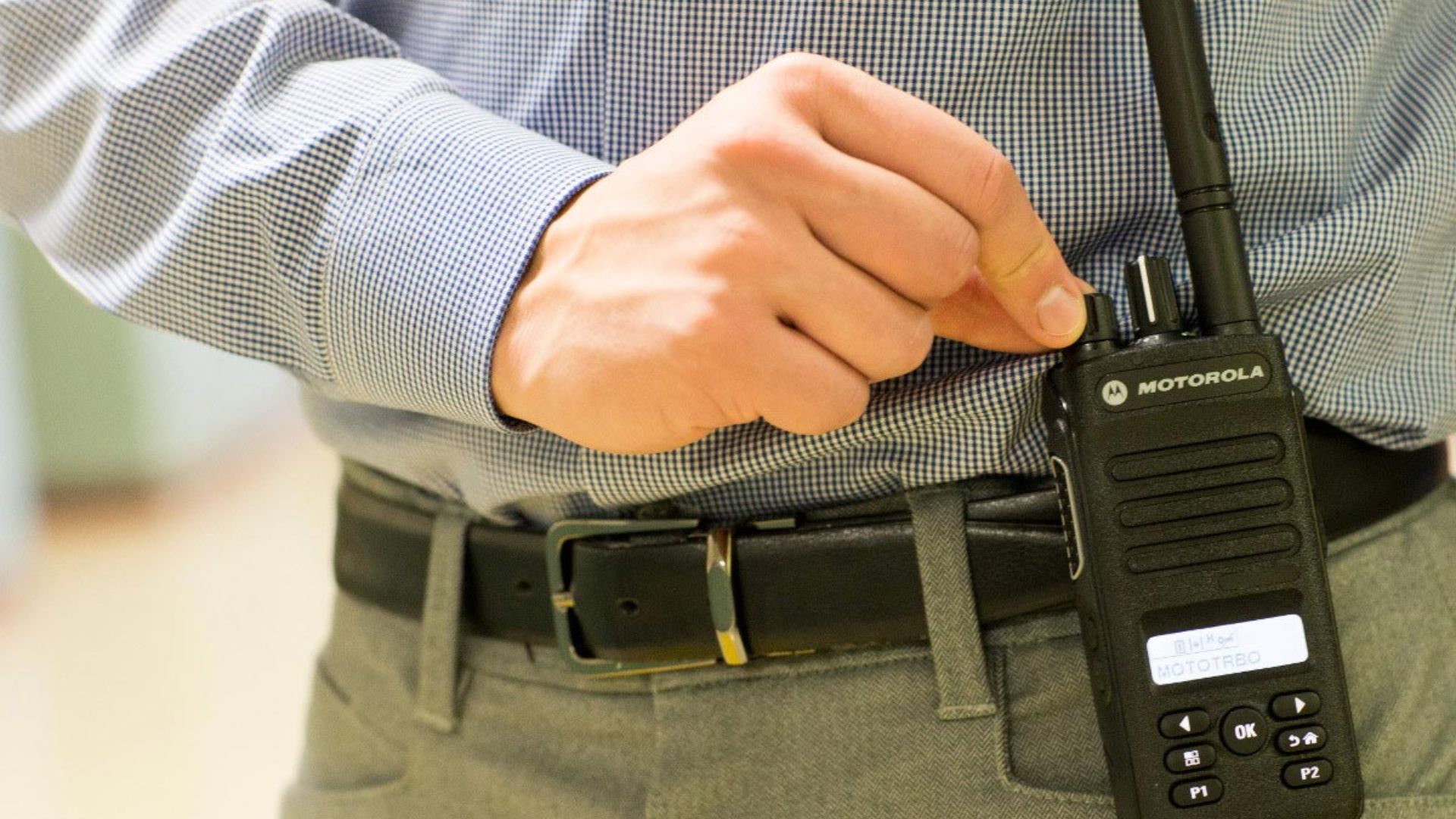Introduction
Radio Communication System have been a cornerstone of modern communication for over a century. They play an essential role in various applications, from personal communications and broadcasting to military operations and emergency services. Understanding how a radio communication system works can give us a deeper appreciation of this technology’s complexity and utility. This blog will explain the fundamental principles of a radio communication system, its key components, and the processes involved, concluding with a highlight on why Soyuz Tec Trading LLC is the ideal partner for your radio communication needs.
What is a Radio Communication System?
A radio communication system is a technology that uses radio waves to transmit information wirelessly over distances. It involves the transmission and reception of electromagnetic signals through the air, allowing for the transfer of voice, data, and other types of information. Radio communication systems are widely used in various sectors, including broadcasting, mobile communications, maritime, aviation, and emergency services.
Key Components of a Radio Communication System
- Transmitter: The transmitter is responsible for generating and sending the radio signal. It includes several subcomponents:
- Microphone: transforms voice or sound into an electrical signal.
- Modulator: Blends the carrier wave and the audio signal together.
- Oscillator: Generates the carrier wave.
- Amplifier: Boosts the strength of the modulated signal.
- Antenna: Radiates the amplified signal into the air as radio waves.
- Receiver: The receiver captures the transmitted radio waves and converts them back into a form that can be understood by humans or machines. It includes:
- Antenna: Captures the incoming radio waves.
- Demodulator: Separates the audio signal from the carrier wave.
- Amplifier: Increases the receiving signal’s strength.
- Speaker: Converts the electrical signal back into sound.
- Medium: The space through which radio waves travel, typically air. Radio waves can also travel through other mediums, such as water or vacuum, depending on the application.
How a Radio Communication System Works
1. Signal Generation
The process begins with the generation of an audio signal, such as a voice or music. The microphone in the transmitter converts this sound into an electrical signal. This signal is then sent to the modulator, which combines it with a high-frequency carrier wave generated by the oscillator. The modulated signal, which now contains the original audio information, is amplified to ensure it can travel over the desired distance.
2. Transmission
The amplified signal is transmitted into the air via the transmitter’s antenna. The antenna converts the electrical signal into electromagnetic waves, which travel through the air at the speed of light.
3. Propagation
As the radio waves travel through the air, they can be affected by various factors, such as obstacles, weather conditions, and the distance between the transmitter and receiver. Despite these potential interferences, radio waves can propagate over long distances, making them ideal for communication.
4. Reception
The receiver’s antenna captures the incoming radio waves and converts them back into an electrical signal. This signal is then sent to the demodulator, which extracts the original audio signal from the carrier wave. The extracted signal is amplified and sent to the speaker, which converts it back into sound, completing the communication process.
Benefits of Radio Communication Systems
- Wide Coverage: Radio communication systems can cover large geographical areas, making them suitable for broadcasting and emergency services.
- Mobility: They enable mobile communication, allowing users to communicate while on the move.
- Reliability: Radio systems can operate in various environmental conditions, providing reliable communication in critical situations.
- Cost-Effectiveness: Once set up, radio communication systems are relatively inexpensive to operate and maintain.
Conclusion
Understanding how a radio communication system works highlights the sophistication and versatility of this technology. From the generation of signals to their transmission, propagation, and reception, each component and process plays a crucial role in ensuring seamless communication. For those seeking high-quality radio communication systems and components, Soyuz Tec Trading LLC is a trusted partner. Their commitment to quality and customer satisfaction ensures that you receive top-notch products designed to meet the highest industry standards. Whether you’re setting up a new communication system or upgrading existing infrastructure, Soyuz Tec Trading LLC provides the reliable and durable solutions you need for optimal performance.
Explore the extensive range of radio communication systems and accessories from Soyuz Tec Trading LLC and experience the difference that quality and expertise can make in your communication solutions.



